Benoît Pelchat has over 12 years experience in the VFX, he has worked at Animal Logic, Industrial Light et Magic or The Orphanage. He has participated in projects such as STAR WARS EPISODE III, IRON MAN, PIRATES OF THE CARIBBEAN: AT WORLD’S END or THE SPIRIT.
What is your background?
I studied Fine Arts, Industrial Design and Architecture. I practiced as an architect for a few years before I discovered a passion for creating environments and special effects that you could see in the movies. So I followed a program in visual effects at the Centre NAD in Montreal. I then worked in Australia at Photon Fx, Animal Logic and in the United States at Industrial Light and Magic and The Orphanage.
How did Rodeo FX got involved on this film?
We were approached by the film production end of term to help finish the project on time.
How was the collaboration with director Timur Bekmambetov and Production VFX supervisor Michael Owens?
Fantastic. Michael Owens is a person with whom we had worked in the past at ILM in California. He had a clear idea of what Timur was looking for. We interact frequently with the director who was present in Cinesync, which helped greatly to guide the project and speed up production.
What did Rodeo FX made on this film?
We worked on an « establishing shot » of the White House by night and an aerial view of a middle class residential area of Washington DC.
Can you explain to us the creation of the White House?
The White House model and some reference period were provided by the production. However, we had to adapt the model to bring it to the time of Abraham Lincoln. We generated passes to build the matte painting: occlusion, key light, shadows, z-depth and a additional lighting pass for volumetric light. Texture passes would be supported in the matte painting itself. Regarding the environment and vegetation, it is a photomontage.
Did you use real elements in this shot or is it full CG?
This is a combination of both. The production filmed a diligence in a park in Louisiana on a green screen on daylight. Since this was a night scene, we had to add strong highlights on the White House to simulated the moon light in order to justify the strong lighting of the live action. We used photographic elements for the sky and vegetation.
The lighting in this shot is beautiful. Can you tell us more about this aspect?
We used a mix of photographic, painting and volumetric lights passes rendered in Arnold. As for the interior lighting of the White House, we have integrated real footage taken inside the White House as we know it now that we have modified to simulate a light period.
What indications and references have you received from production?
Several historical references in the point of view of architectural and urbanism. Regarding the White House, there was a desire to bring out a rural area and surrounded by vegetation. At the time, the sides were not yet built. So we replaced these sections with a path and vegetation to give a more rustic look. We see still in the background a « hint » brighter including other homes to remind the proximity of the city.
For the aerial view, we also received a lot of documentation about the period when Washington has grown but because the photos were mostly black and white and with a average graphic quality, we had to make some interpretation. The director wanted to meet both rural and urban aspects. Our configuration of the islands of the city respects the urban fabric very special from Washington DC, to which we added vegetation, sidewalks and dirt streets, as they existed at the time.
Can you tell us more about the impressive shot of Washington DC seen from the sky?
The director had two important things he wanted to convey in the camera movement: Firstly he wanted to give the impression that the scene was filmed from a balloon to give more realism of this period and secondly the most important, the sequence needed to show the collection of silverware by Union soldiers in a bourgeois neighborhood of DC. The latter amassed silverware to help made ammunition for hunting vampires. It was important for the director to make the audience feel the « glint » of light in soldiers trucks. We accentuated this effect in the compositing to make it more noticeable.
What is your work methodology on a shot like this?
The first step was to validate our ‘layout’ and the camera movement by the director. To do this, we used maps of the time to create a 3D scene with blocks representing very basic urban fabric of Washington DC. We also proposed several camera movement that were in the spirit and rhythm of the sequence. Once these two elements have been approved, we chose a frame projection, and created such passes to help us build our matte painting, ie key light, occlusion, shadow, and a rough diffuse texture. Meanwhile, our simulation artist took care to animate the streets with 3 distinct groups of characters: the soldiers, the civilians and carriage-horses. Then in compositing, we added the clouds, smoke stacks and the « glint » of silverware.
How did you create the crowd for this shot?
The shot called for the interaction of several distinct types of characters, so we created a crowd system using Softimage ICE and given the appropriate behavior for each group. Each character had a specific goal to achieve, but should also take care of other characters, horses and surrounding scenery to avoid collisions. Once the simulation finished, we assigned an animated and textured model for each character and have render the whole thing with Arnold, still in Softimage.
How did you handle the stereo aspect?
We approached it as a mono project. The stereo aspect was supported via post-processing by another studio. We only had to deliver all our elements in separate layers once the work was approved.
What was the biggest challenge on this project?
Up-to-hand the tight schedule, the biggest challenge was to respect the desire of the director to bring out the details of what is happening at street level (ie distinction between civilians and soldiers, glints in the visibility of trucks , etc.) despite the fact that the camera covers much ground and is at a respectable height. It was therefore necessary to choose an angle and a favorable light to put these details in value. Fortunately, this scene had to fit into a sequence filmed in the late afternoon. We have therefore qualified for a lighting type « low angle » with « long shadows » allowing us a favorable reading forms the ground.
Were there been a shot or a sequence that has prevented you from sleeping?
No, my little baby is doing this part!
What do you keep from this experience?
Everything happened very quickly and this, with a small team. We have been effective in our approach to the time allowed. The production team seemed happy with the result.
How long have you worked on this project and what was the size of your team?
As I mentioned, it was relatively a small team, almost one person per specialty. The turn-overs were very short and the information conveyed rather quickly between production and our studio.
What is your next project?
We are currently working on THE TWILIGHT SAGA, THE HOST and NOW YOU SEE ME and a major project with ILM that unfortunately I can not mention.
What are the four films that gave you the passion for cinema?
Probably the same as several artists who work in the world of visual effects:
STARWARS – A NEW HOPE
ALIEN
BLADE RUNNER
THE FIFTH ELEMENT
A big thanks for your time.
// WANT TO KNOW MORE?
– Rodeo FX: Dedicated page about ABRAHAM LINCOLN VAMPIRE HUNTER on Rodeo FX website.
© Vincent Frei – The Art of VFX – 2012


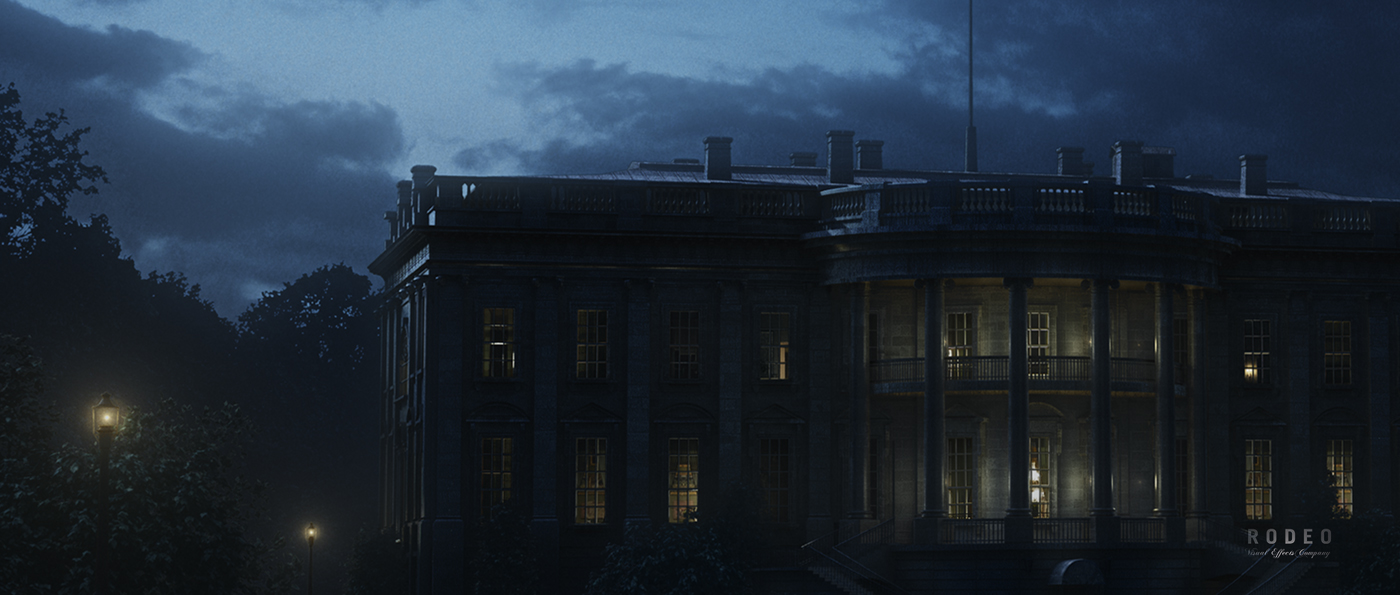
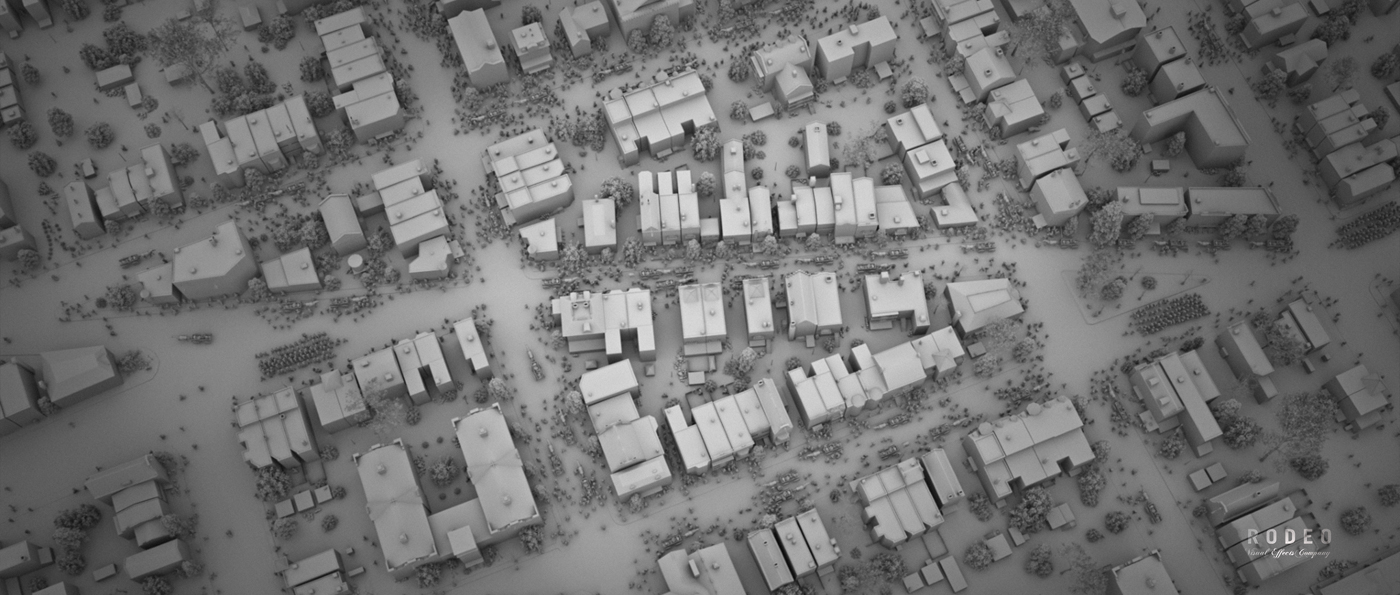
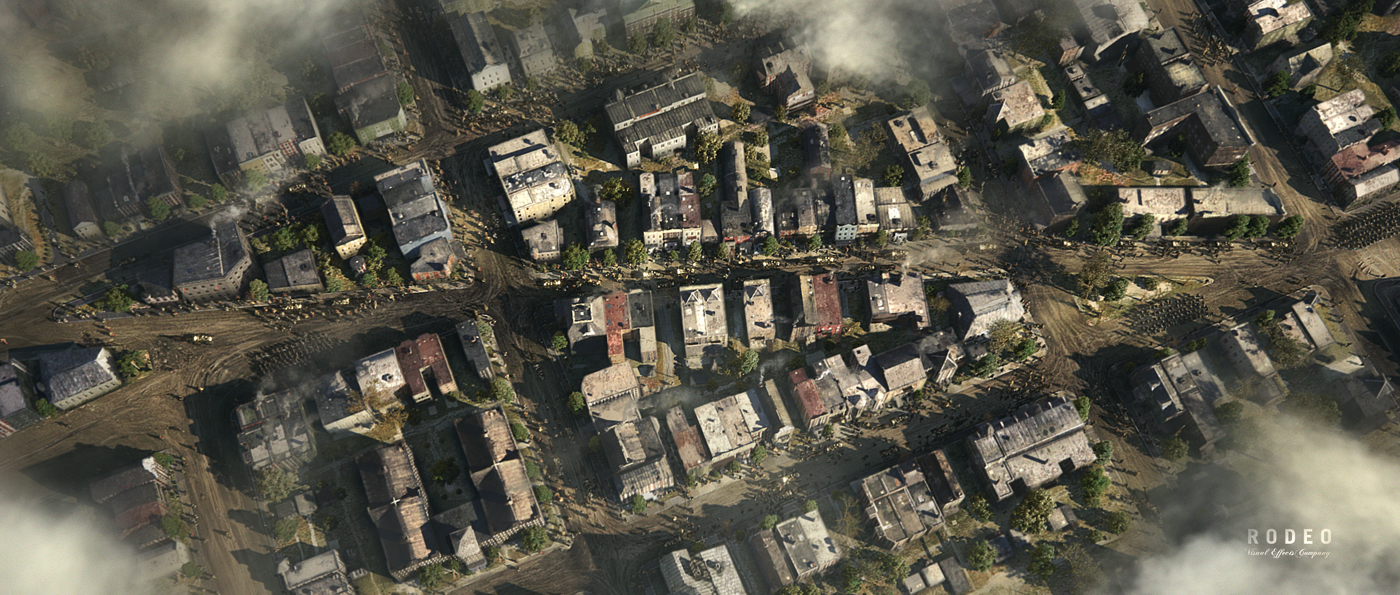
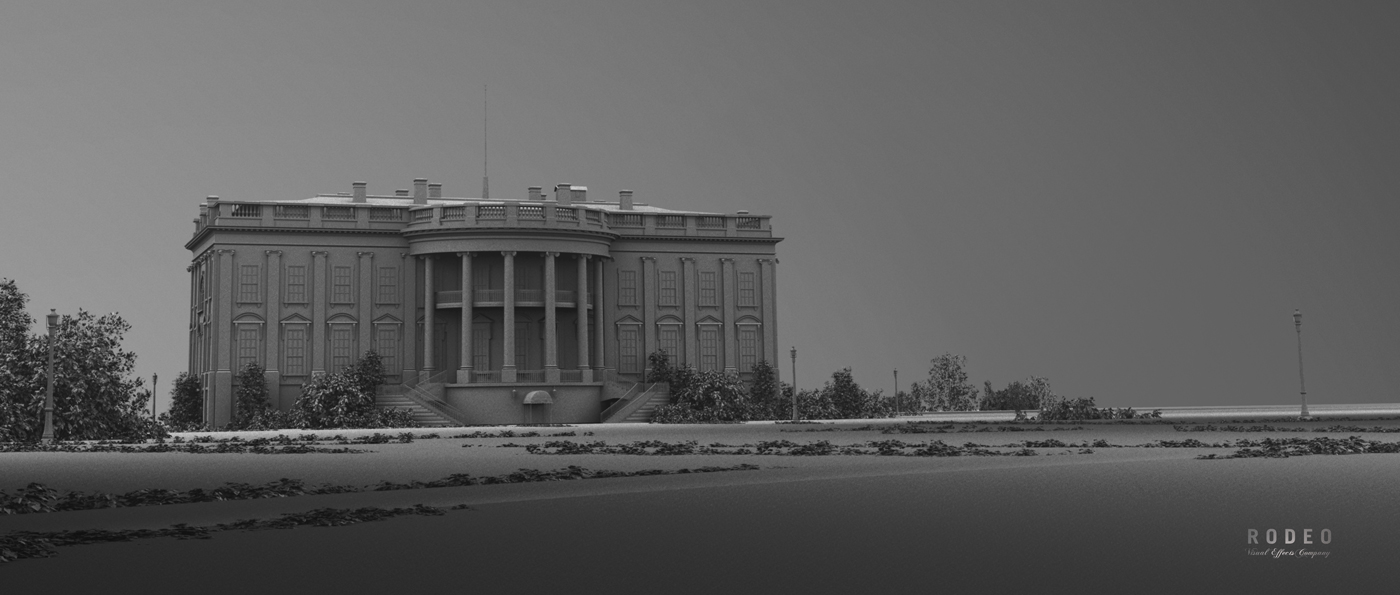
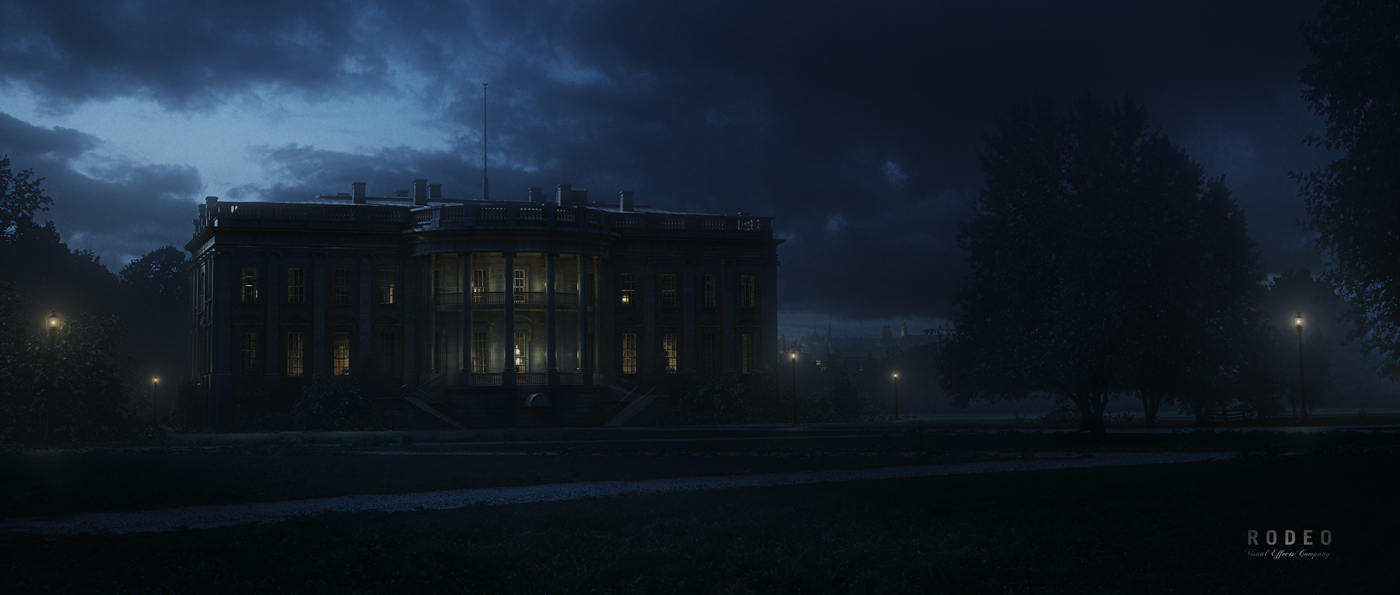





Fascinant! Félicitations Benoît! Tu es très talentueux. C’est très intéressant.